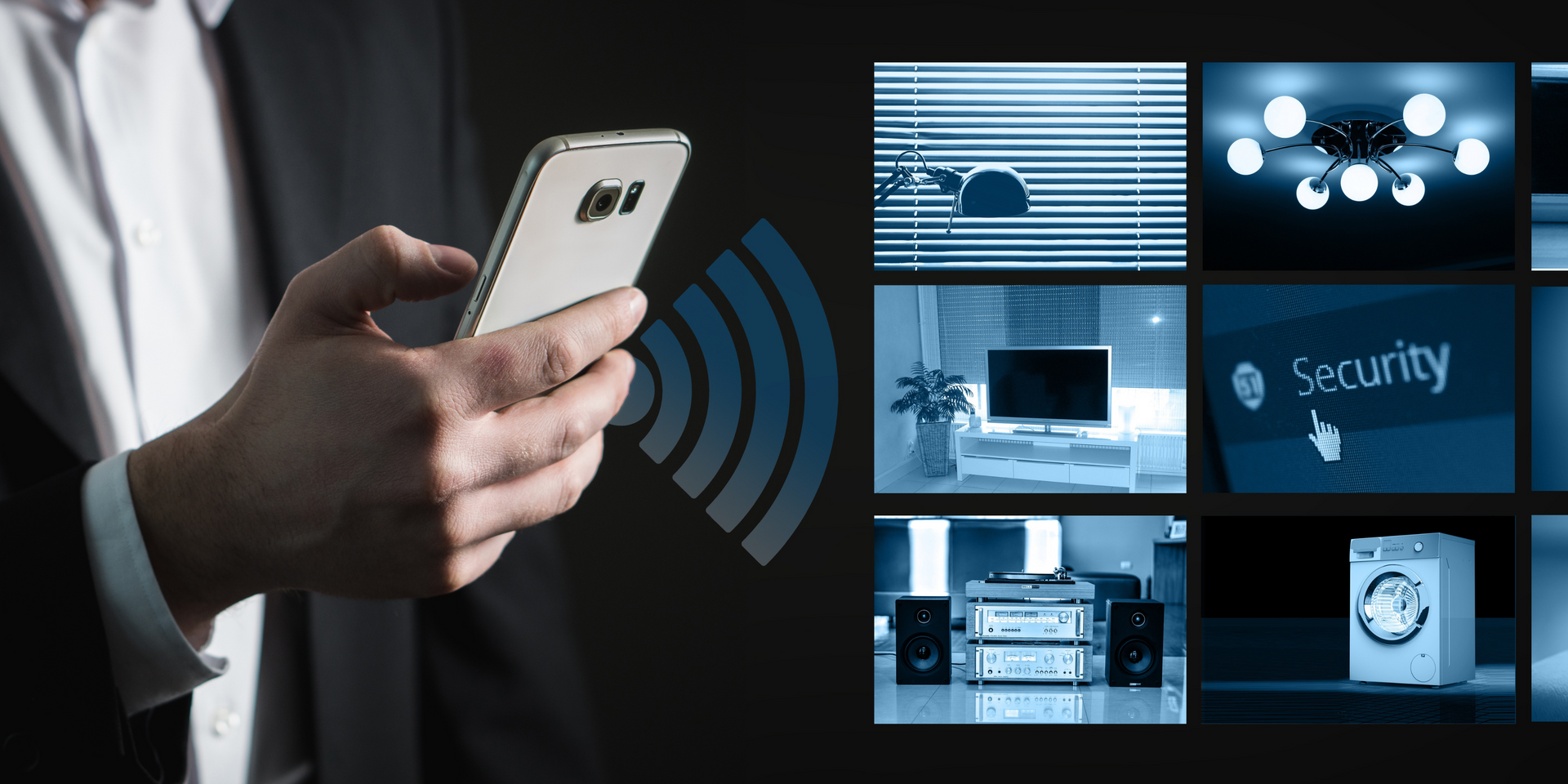Alarm Management Standards and Best Practices
Effective
alarm management is crucial for ensuring safety, operational efficiency, and regulatory compliance in various industries. Alarm systems are designed to notify operators of abnormal conditions, but without proper management, they can lead to alarm fatigue, missed issues, and even hazardous situations. This article covers key standards, best practices, and processes for alarm management, aiming to provide actionable insights for enhancing alarm system performance.

What is the Recommended Alarm Priority Distribution as Per Standard?
A core component of alarm management is the proper prioritization of alarms. The priority of an alarm helps operators respond efficiently and effectively to critical situations. Alarm priority distribution refers to how alarms are categorized based on their urgency and impact. Industry standards recommend using a three-tier priority system:
- High priority: Alarms that represent imminent danger to people, the environment, or equipment. These require immediate action.
- Medium priority: Alarms indicating abnormal conditions that should be addressed promptly to prevent escalation.
- Low priority: Non-urgent alarms that require monitoring but can be addressed after more pressing issues.
Following these guidelines helps reduce the number of unnecessary alarms and ensures that the most critical issues are prioritized, reducing response time and increasing operational safety.
What is the ISA182 Standard for Alarm Management?
The ISA-18.2 standard is one of the most widely recognized guidelines for alarm management. It outlines the best practices and recommended procedures for designing, implementing, and maintaining alarm systems in process industries. The ISA-18.2 alarm management standard PDF provides detailed instructions on alarm system lifecycle management, including alarm rationalization, system design, and performance monitoring.
This standard helps organizations implement structured approaches for alarm analysis, enabling them to minimize nuisance alarms and improve operator response times. Following the ISA-18.2 standard can lead to more effective decision-making and greater system reliability.

Which Are the Standards for Alarm Management?
Several standards govern alarm management across different industries. These standards ensure that alarm systems are designed, implemented, and maintained in a way that maximizes operational safety and performance. Some of the most recognized alarm management standards include:
- ISA-18.2: This standard, as mentioned earlier, provides guidelines for alarm management, helping to standardize alarm system design and operations in industrial environments.
- EEMUA 191 (3rd Edition PDF): EEMUA 191 is another widely followed standard, which outlines best practices for alarm management and includes comprehensive guidelines on alarm system design, implementation, and operation. This standard focuses on practical steps to avoid alarm overload and enhance system usability.
- IEC 62682: This international standard focuses on alarm management in control systems and is critical for industries that rely on complex automation systems. The IEC 62682 PDF provides a structured approach for alarm system design, operation, and performance measurement, helping businesses stay compliant with international regulations.
These standards are invaluable tools for organizations seeking to improve the reliability and efficiency of their alarm systems.
What is the Governing Standard for Alarm Systems?
In addition to specific alarm management guidelines, there are broader regulations and governing standards that apply to alarm systems across various industries:
- EEMUA Alarm Management: The EEMUA 191 standard, updated in its 3rd edition, remains one of the leading references for alarm system best practices. It emphasizes the importance of rationalizing alarms, defining clear action plans for operators, and ensuring proper system configuration. The EEMUA alarm management guide helps organizations design and manage their alarm systems to meet safety and regulatory requirements.
- IEC 62682: As an international standard, IEC 62682 provides a globally recognized framework for managing alarm systems in complex environments. It helps organizations ensure that alarm systems are not only effective but also compliant with international safety regulations.
What is the Alarm Management Process?
The alarm management process involves several key steps that ensure alarms are properly designed, maintained, and monitored throughout their lifecycle. The alarm management standards and best practices provide the framework for these processes. They typically include:
- Alarm Rationalization: This is the first step where alarms are reviewed and categorized based on their significance. It helps eliminate unnecessary or redundant alarms.
- System Design and Configuration: Once alarms are rationalized, the system is designed and configured to ensure that alarms are appropriately triggered based on predefined criteria.
- Ongoing Monitoring and Maintenance: After installation, alarms must be regularly tested, calibrated, and adjusted to ensure continued accuracy and effectiveness.
By following a systematic approach, companies can prevent alarm overload, minimize operator confusion, and improve response times during critical events.

What is the Management of Alarm Systems?
Managing alarm systems involves overseeing the entire alarm lifecycle—from design and installation to performance monitoring and maintenance. Alarm management standards and best practices are critical in this process, as they guide organizations in ensuring their alarm systems are functioning optimally. This includes regular audits, performance testing, and analyzing alarm data to identify patterns and areas for improvement.
It’s essential for companies to align their alarm systems with industry standards such as ISA-18.2, IEC 62682, and EEMUA 191 to maintain system reliability and ensure that alarms are functioning as intended. Effective alarm management can help reduce downtime, improve safety, and streamline response efforts in critical situations.
Conclusion
In conclusion, alarm management is a crucial aspect of operational safety and efficiency. Adhering to recognized alarm management standards and best practices can help organizations optimize their alarm systems, minimize unnecessary alarms, and improve operator performance. By following standards like ISA-18.2, EEMUA 191, and IEC 62682, businesses can better manage alarms, reduce risk, and ensure a safer work environment.
For those looking to delve deeper into alarm management, consider downloading the Alarm Management Standards and Best Practices PDF for further insights on creating and maintaining a top-tier alarm system.
For a comprehensive guide to implementing the best practices in alarm management , contact us today!
You might also like



